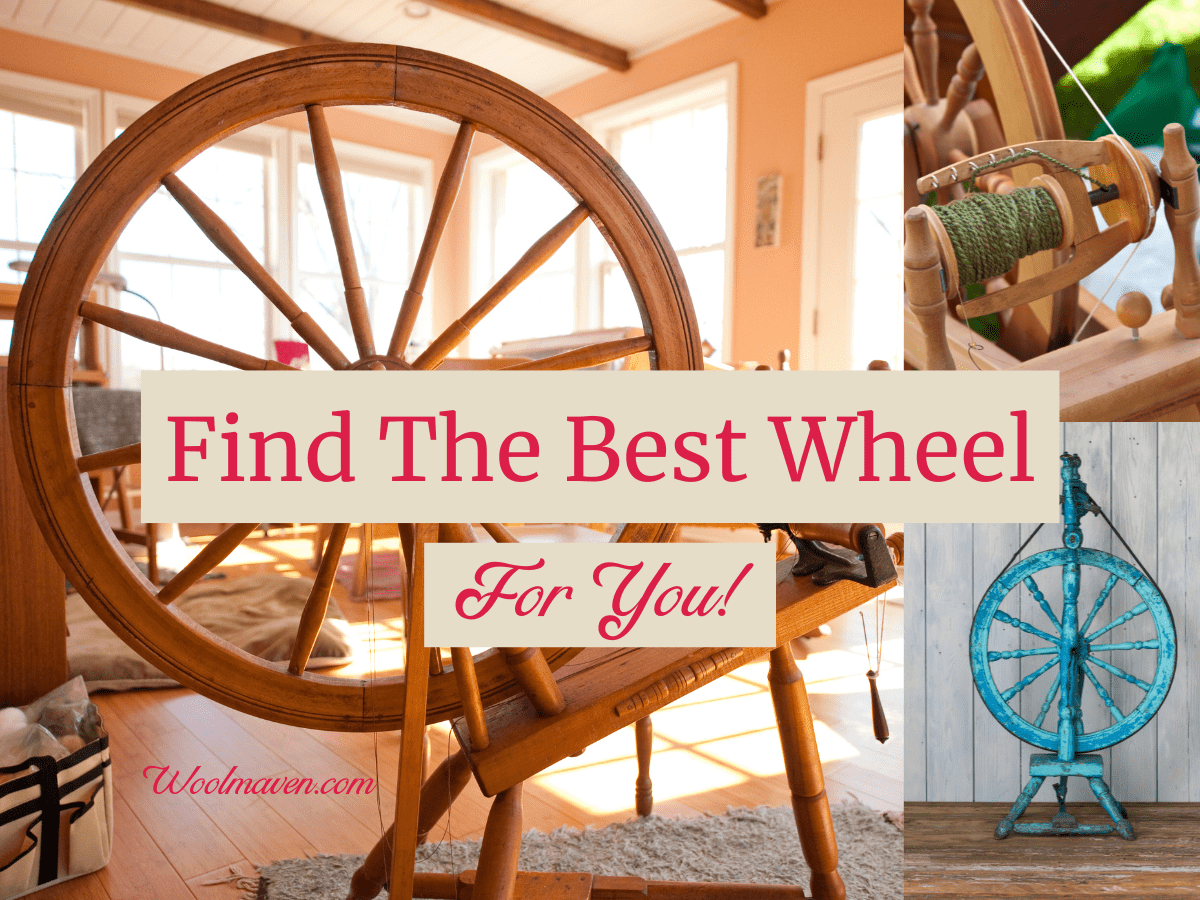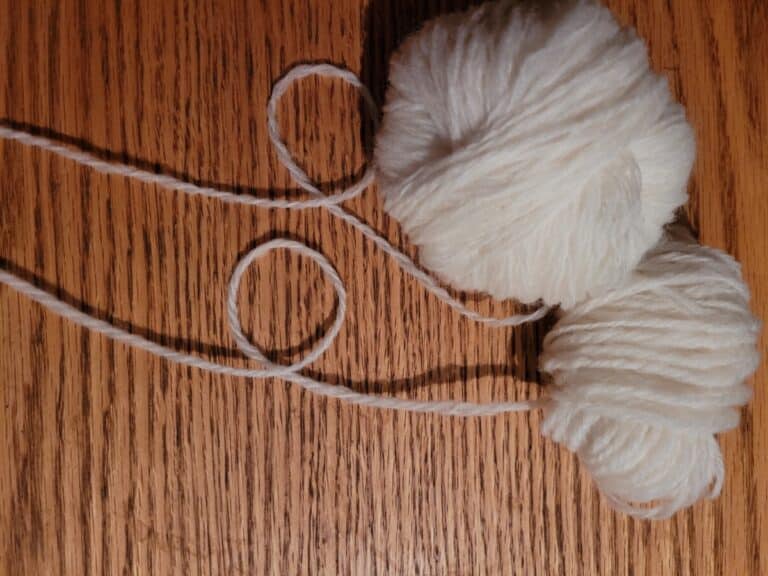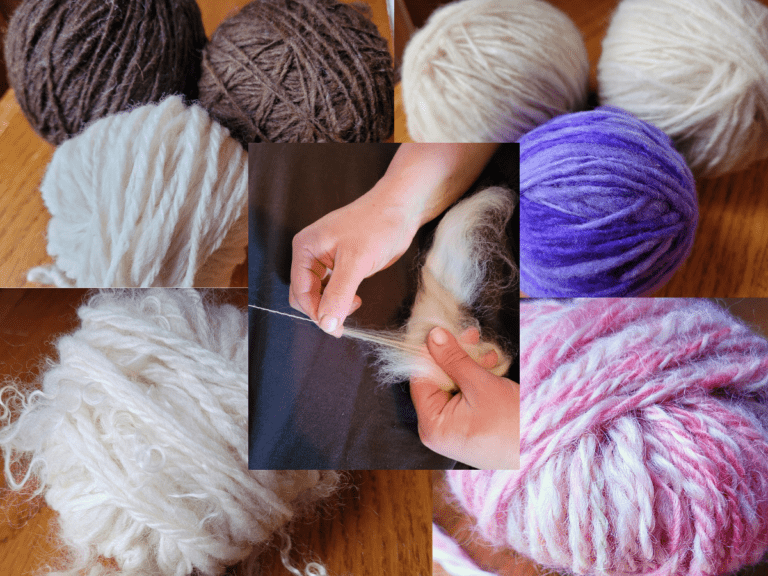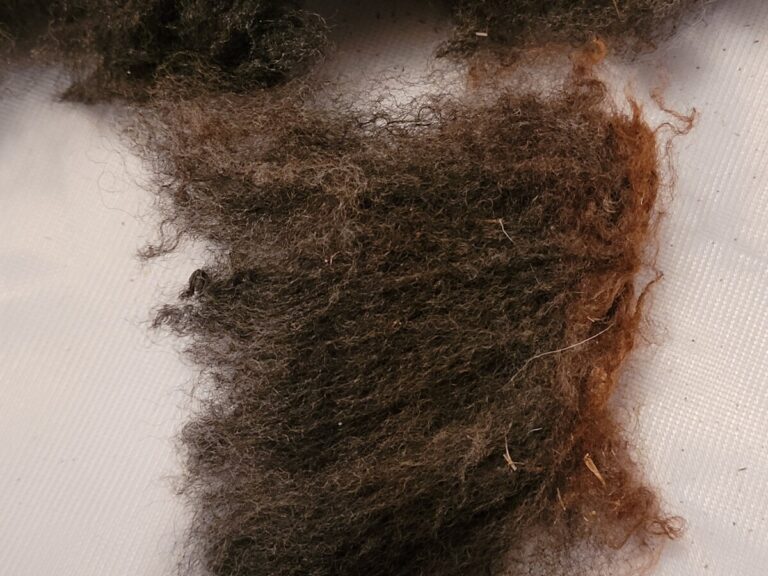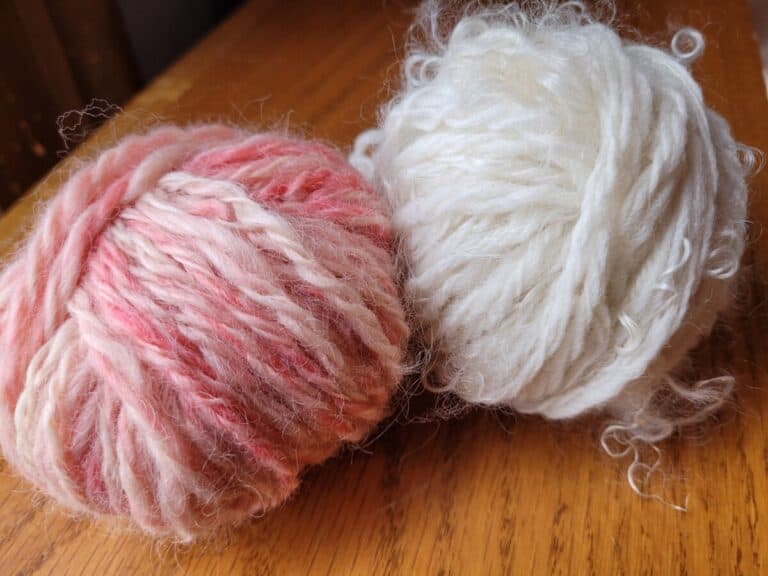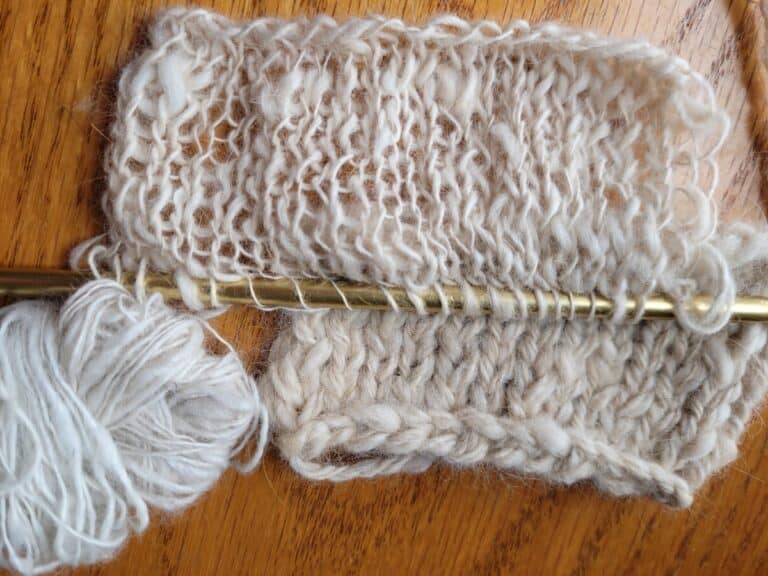Find The Best Spinning Wheel For You
If you’ve shopped around online or in person, for a new spinning wheel, you’ll surely have noticed that there are a ton of great choices.
This is great, you can pick one that perfectly suits your needs! And it’s not so great, since you have a lot of choices to sort through when figuring out which wheel will work the best for you.
How do you find the spinning wheel that will work the best for you? Let’s go through the things you need to consider before you buy.
If you are looking for more details on price, consider reading Cost Of A Spinning Wheel, where I get more into what features you’ll get for each group of wheels.
New to spinning and want some help? Try my Beginning Spinner Course, it has simple, step by step instructions and is designed to take you from beginner to confident spinner!
| What you need in a wheel | Type of wheel to consider |
| Beginner friendly | basic to mid range wheels |
| Lifetime wheels | mid range wheels |
| Specialist wheels | mid range to high end wheels |
| Versatility | mid range to high end wheels |
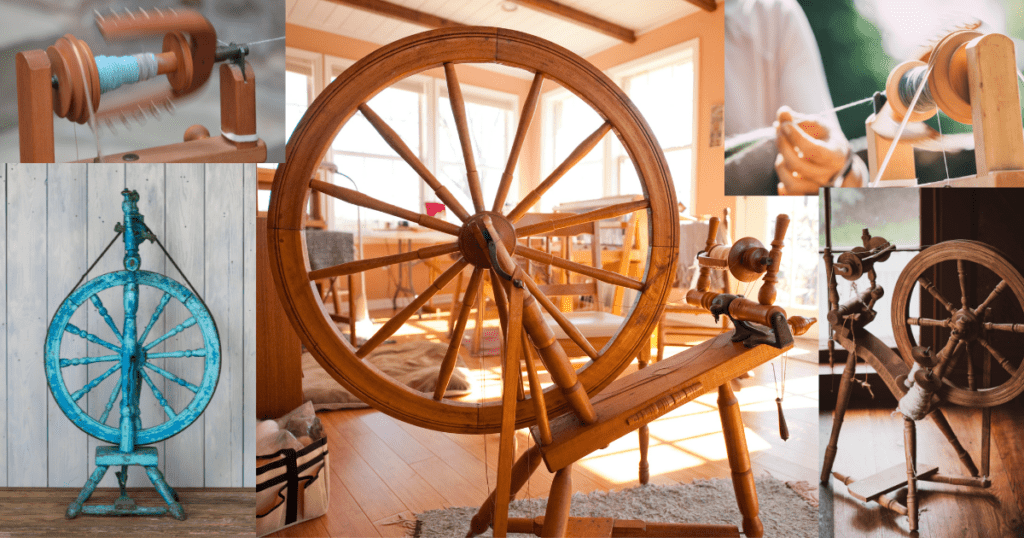
What is your level of handspinning experience?
So, you’re looking for a new spinning wheel? First off, awesome, I’m glad you’re here! Spinning is a wonderful hobby in which you can continually grow and learn.
Now, on to how to start your search for the perfect spinning wheel for you.
The easiest thing to do, at least in my mind, is to narrow down the choices. You want to have a few options, but not so many that it’s confusing!
As a handspinner, are you mainly looking for a:
- beginner friendly wheel?
- wheel that is less expensive?
- wheel that you can upgrade?
- more specialist wheel?
- wheel that is versatile?
- lifetime wheel?
Beginner friendly wheels are going to be simple to set up and use but more easily outgrown in a few years, when you get better or want to add more diversity to your spinning experience.
The cost of a wheel is directly related to what it can do, the more a wheel can do the more it will cost you and the more basic a wheel is the less it will cost you.
Upgrades are available on many wheels, upgrades allow you to buy the basics, learn how to use it, then upgrade to add speed or a bit more versatility to your spinning with the same wheel.
Upgrades can make a wheel what I would call a lifetime wheel, one that you can buy as a beginner and be happy to use for the rest of your spinning experience.
Both specialist and versatile wheels will be more expensive to buy and more likely to be a bit more complicated to learn to use.
A lifetime wheel is a wheel that is versatile enough to continue to work for you as you grow in you skills and expand your spinning experience. Basically, you buy one wheel and use it forever.
Wheels in the mid range price group are more likely to be lifetime wheels, the lower priced wheels are just a bit too basic (mainly, limited spinning ratios), look to the mid or high range.
Easiest Wool To Spin gives you easy to find and work with wools, including my go to favorite Corriedale, plus some other easy to work with choices, to make learning to spin a bit faster!
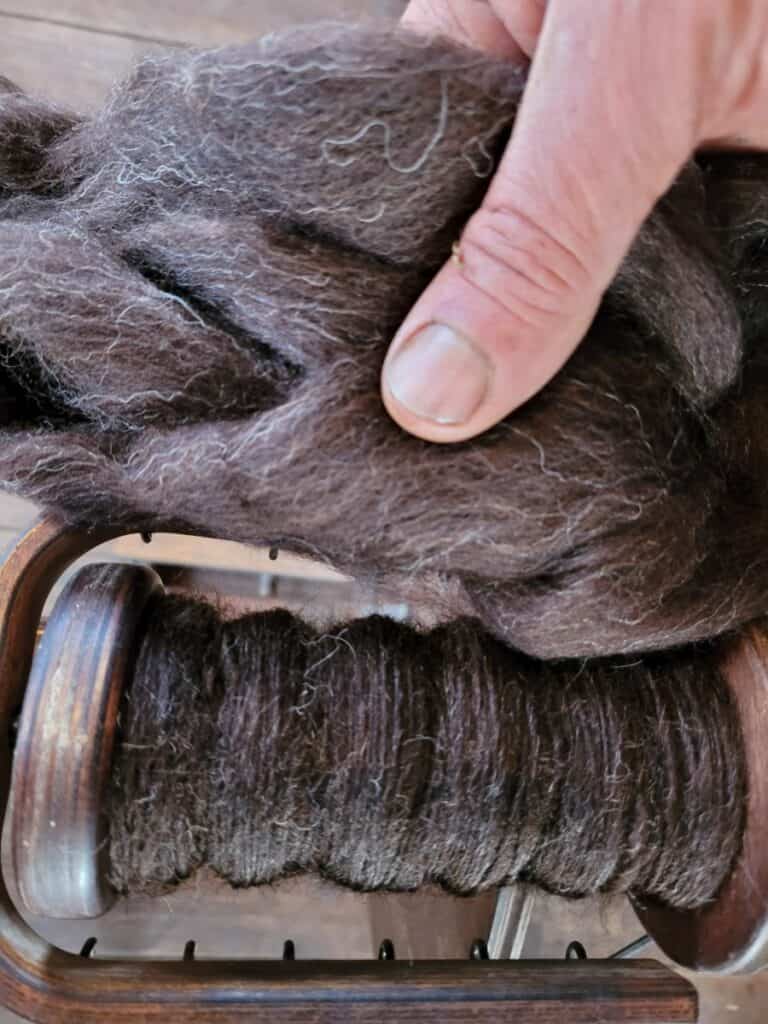
What is the main type of spinning you plan to do?
What type of spinning do you plan to do? If you are like me, this is a tough question, since I like to mess around and try all kinds of things!
Usually, though I end up liking a certain type of yarn for quite a while and give a new technique a try, but if I don’t love it, then I’m glad I tried it and keep on looking.
Here is a quick look at the different needs of each main group of yarns or types of spinning.
New to spinning and want some help? Try my Beginning Spinner Course, it has simple, step by step instructions and is designed to take you from beginner to confident spinner!
Worsted weight or medium yarns
If you are planning on spinning mostly worsted weight yarns (the kind used for sweaters and hats) or any medium type yarns, great news! Most any wheel will work well for these yarns.
Medium yarns can be spun on low or mid range wheel ratios and will work fine with most any orifice or hook set up.
Worsted is an easy yarn to spin on most any wheel, you’ll have tons of choices if medium type yarns are your main focus!
Art yarns are different
Art yarns have different needs from many of your other yarns.
Art yarns need a wheel that has a:
- large orifice
- jumbo bobbin and flyer
- ideally a sliding hook
Art yarns are so bulky, with really cool additions hanging off all over the place, you need a wheel and bobbin set up that can handle both the thickness and the dangly bits.
If you plan to do more than your share of art yarn spinning, be sure your wheel can handle a large volume of yarn on the bobbin, you are looking for the jumbo bobbins mainly.
You also want a wheel that has a large orifice (the opening the yarn goes through to get onto the bobbin) so your chubby yarns can still go through to the wheel.
Some flyers have hooks that are screwed in place, others have sliding hook, you want the sliding hook type.
The fixed in place hooks snag your art yarn as it goes on to the bobbin. This is a workable situation, go slow and move the yarn through the hooks but it’s annoying and gets old fast.
Since spinning art yarns is becoming much more popular, any wheel that excels at handling art yarns will say so in the description, along with having jumbo bobbins and flyers.
Fine yarn spinning only
If you are mainly interested in spinning fine yarns and very little else, you’ll want to get a wheel that is made with higher wheel ratios for more options in finer yarn spinning.
Fine yarn spinning needs a wheel that has:
- high wheel ratios
For fine spinning you are looking for the wheels with the higher wheel ratios, something like a 16:1 or a 20:1.
You can spin fine yarn on nearly any wheel, it’s just a matter of how much extra effort and time you’ll have to put in to make it work.
This is the main challenge for me with my wheel, it has a fairly low wheel ratios, 3.5,5.5 and 10.5:1, so spinning fine is a bit hard for me. The 10.5 is just too slow.
I spun zero fine yarn when I was getting started, it took me years to get good enough to get anywhere near fine yarn territory.
Having a “slow” wheel was perfect and just what I needed when I was a beginner, but now it is a challenge whenever I try to work with finer wools, I have to treadle up a storm!
This is the main reason why I am considering a second wheel, but once again, this was not an issue for me for years, so up until now, my wheel has been great.
Large amounts of yarn spun quickly
If you want to spin larger amounts of yarn quickly, you’ll want to have a wheel that can handle your plans.
If you are a new spinner, you don’t need to worry about spinning tons of yardage in a timely manner. That will come later if you decide to get more into the business side of handspinning.
Volume spinning requires a wheel that:
- has higher wheel ratios
- higher bobbin capacity
I have heard these wheels referred to as “production” wheels, meaning they have a really high ratio so you can crack out the yardage!
If you are already a fairly competent handspinner and want to up your game, maybe even heading more towards a side business, considering a wheel that gives you more bang for your buck, yardage wise, is something to think about, for sure.
Versatility, you want it all!
I have to admit, versatility is the category that I’m interested in! My wheel is a sweetheart of a wheel, easy to set up and learn on, but fairly basic in abilities.
If I purchase another wheel, it will have more options, that’s for sure!
Versatile wheels will have a:
- range of settings
- large range of wheel ratios
- choice of tension system
The catch here is that versatility seems to come with the higher prices and more settings to figure out, which is the reason why I would not call the versatile wheels beginner friendly.
For the advanced beginner or someone wanting to upgrade or get a second wheel, to me, the versatile wheels seem to be the ticket! One wheel that you can adjust to do all kinds of spinning, that’s golden!
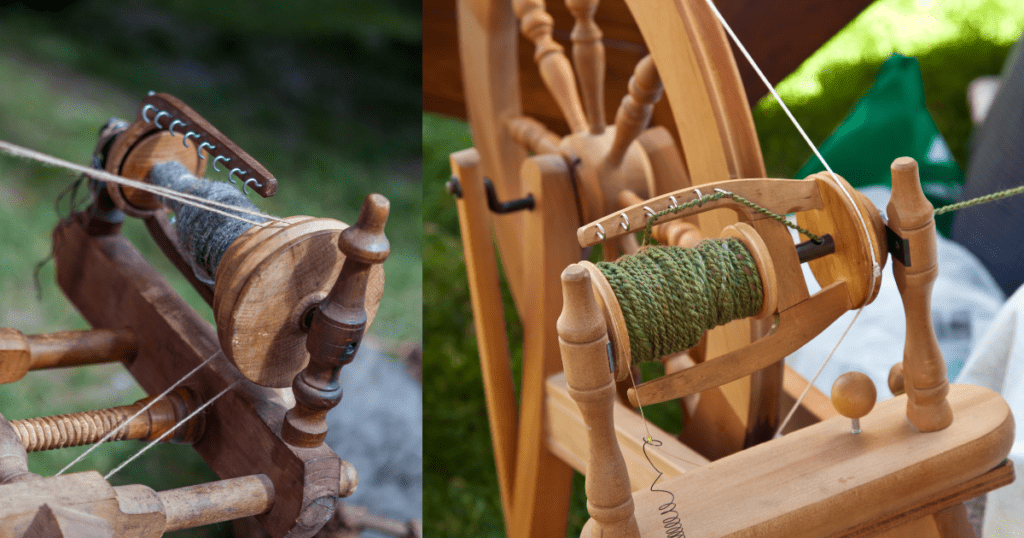
This post contains affiliate links, which means I receive commissions if you choose to purchase through links I provide (at no extra cost to you).
What is your spinning wheel budget?
Now, we’ll talk money. Generally speaking, the more the wheel can do, the more it will cost to buy it. Wheels range from $500-1,600+, with many in the $750-1,000 range.
From what I can tell, there are happy customers with wheels from all of the name brand manufacturers and there are multiple choices from each brand.
Picking a specific brand is more about what you like and how each brand chooses to arrange things on their wheels, like tension system, bobbin sizes, hooks or sliders, etc.
This is where you need to think through the things that matter to you and decide where your interests lie. There is no right or wrong here!
You are just sorting out your needs versus your wants and making sure you get your needs covered! If you skipped over the first part of the article, now is the time to go back up and read.
New to spinning and want some help? Try my Beginning Spinner Course, it has simple, step by step instructions and is designed to take you from beginner to confident spinner!
Basic spinning wheels
Believe it or not, there are some really cool, low cost wheels for around $500-700!
This is the best price range for someone who wants to get a nice wheel that is fairly basic, which would be best suited for beginner level spinners.
Examples of low cost wheels are the Louet S17 ST for $494 and the Ashford Kiwi 3 for $669.
Mid range spinning wheels
Most wheels are going to fall into the mid range category. You should be able to get a good range of wheel choices that can do the things you want and need for a $700-1,200 price tag.
What this group has over the low cost group is more accessories, like more bobbins, for example, or more versatility, meaning a larger range of wheel ratios.
These wheels are a solid choice for a beginner as well as a more advanced spinner looking for a second wheel or to upgrade, giving them the potential to be a purchase that lasts a lifetime.
Many wheels fall into this mid range cost category and most manufacturers will have a few great wheel choices for you in this price range.
A few standouts that catch my eye in the mid cost range are the Ashford Traditional for $829, the Kromski Sonata for $989, the Louet Julia for $990 and the Schacht Flatiron for $988.
These are listed alphabetically and are all wonderful wheels that any spinner would be happy to have and use.
High end wheels
If you want the best of the best, more of a professional set up, you’ll need to plan on spending in excess of $1,200 for your wheel.
This level of wheel is going to have the most versatility and spinning options, not to mention being fast. If you have some spinning experience and want to up your game, this is the place to be!
That is the good news, the not so good news is that these wheels will also be more complicated to learn and use. If you are a beginner, you may be better off with something more simplified.
Examples of top of the line wheels are the the Lendum Saxony for $1490 and the Schacht Matchless for $1650.
Update: I just purchased a Matchless and it is a wonderful wheel! It is allowing me to easily spin yarns that were hard before, so it’s definitely an upgrade from my first wheel.
If you have some experience spinning and are looking to up your game, this is a super wheel to consider.
As much as I love this wheel, I’m upfront enough to say that had I started with this wheel it would have been too much for me to learn on without lessons or a dedicated friend to help me get started.
Final tips, if none of these are what you need
Another option here would be to find a gently used wheel or a wheel that is sitting in the corner of a fellow woolcrafter’s room and collecting dust. Could you rent it for a few months?
This would be a great way to get started. Some stores, for instance Gwen Erin, a natural fibers shop in Ohio, have a tool rental program, including wheels!
This would be a great way to use a wheel for a learning period and see if you like it, get the basics of spinning figured out, then decide to buy your own.
Another option is to actually go to a fiber and spinning supply store and try out the wheels, nothing will help you more than this, really!
All wheels are going to be put together a bit differently and you won’t know what you like until you get your hands on them and try to spin a bit.
If you are interested in learning more about how spinning wheels are different based on where they were developed, read The Joy Of Handspinning-Styles Of Spinning Wheels.
New to spinning and want some help? Try my Beginning Spinner Course, it has simple, step by step instructions and is designed to take you from beginner to confident spinner!

